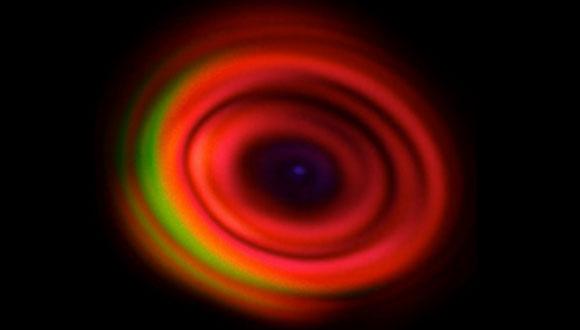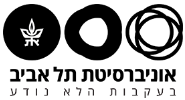LMI Seminar: Strong laser fields for free-space electron control and measuring the electromagnetic nonlinearity of vacuum
Dr. Osip Schwartz, Department of Physics of Complex Systems, Faculty of Physics, Weizmann
Abstract:
We use high-power and high-intensity laser beams circulating in high-finesse optical resonators to pursue two experimental directions: laser-enhanced electron microscopy and an all-optical measurement of the electromagnetic nonlinearity of vacuum.
Laser control of free-space electrons’ wave functions offers an opportunity to create new types of optical elements for transmission electron microscopy (TEM). A laser-based Zernike-like phase plate has been demonstrated to increase the signal-to-noise ratio in TEM of radiation-sensitive specimens, such as unstained biological samples used in cryo-electron microscopy. Building on this work, we are developing a laser-based beamsplitter for electron beams, as a stepping stone toward developing quantum electron optics and quantum metrology in TEM.
In a different experiment, we use optical resonators as an extremely sensitive probe of photon-photon interactions in vacuum. The electromagnetic nonlinearity of vacuum (EMNV) was predicted almost 90 years ago, but despite decades of experimental effort by several collaborations, and despite its fundamental significance, it has not been experimentally measured yet. Furthermore, a modified and potentially larger nonlinearity is predicted in well-motivated theories beyond the Standard Model, for instance in models involving axion-like particles as dark matter candidates. Our approach provides sufficient sensitivity for EMNV measurement with current technology.


